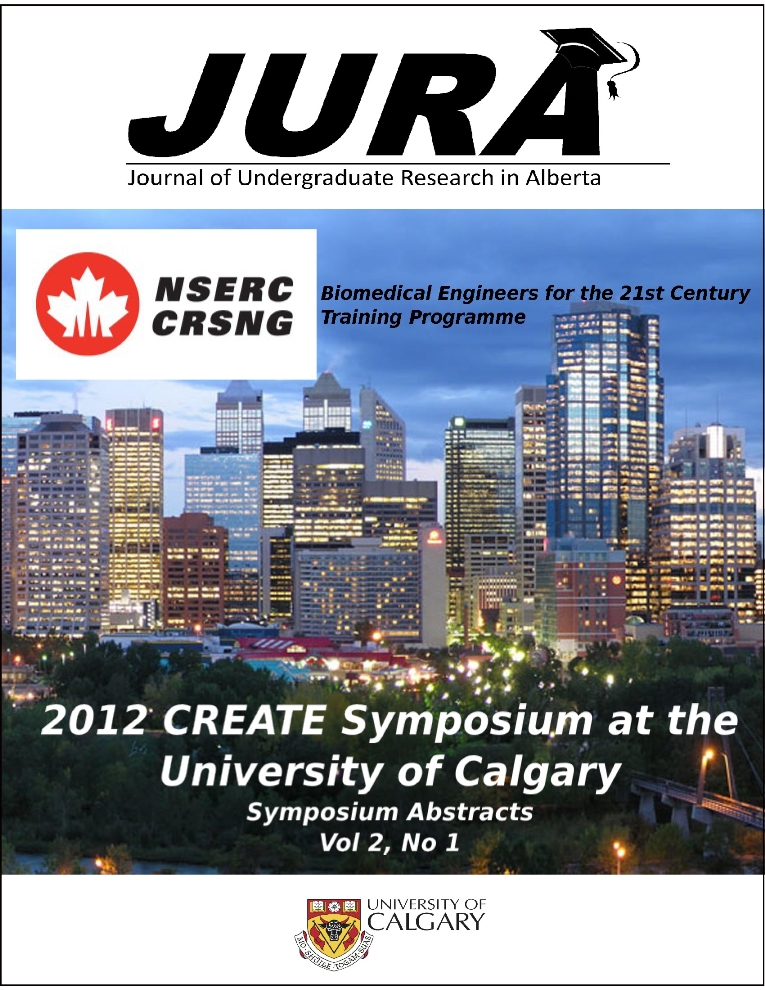Evaluation of MR Image Normalization Methods for Cerebral Small Vessel Disease
Abstract
The quantitative analysis of magnetic resonance (MR) images requires accurate spatial normalization.This technique requires transforming one image so that it has the same shape,size and orientation as a template. Since normalization aims to minimize the signal intensitydifference between two images, areas with diffuse signal abnormalities are often incorrectlytransformed. It is therefore important to determine whether normalization programs that employlarge deformation frameworks are more accurate than those that use small deformationframeworks. This is particularly relevant when looking at images of patients with cerebral smallvessel disease (SVD), which is a group of pathological processes that results in subcortical lesions.A deformation field, defined by the user, was applied to twelve sets of patient scans consistingof T1-weighted, proton density (PD), and Fluid attenuated inversion recovery (FLAIR) images.Three widely used normalization programs that employ small (FNIRT, ANTS) and large (SyN)deformation frameworks were utilized to normalize the warped scans to the original images.Relative percent error was then generated for each sequence by finding the percent differencebetween the normalized and original image. Figure 1 shows the sequence of images producedusing the SyN normalization routine for one slice of a FLAIR image. It was found that every MRsequence normalized using SyN (large deformation framework) had a smaller percent differencethan images normalized using FNIRT or ANTS (small deformation framework). Using SyN, therelative percent errors were: eT1= 8.1%, ePD = 5.8%, eFLAIR = 30.8%. The images normalizedwith FNIRT had relative percent errors of: eT1 = 8.5%, ePD = 56.8%, eFLAIR = 66.6% and usingANTS, the relative percent errors were: eT1= 15.6%, ePD = 10.3%, eFLAIR = 52.3%. It wasconcluded that the large deformation framework was the more robust method of normalizingMR images with SVD.16Downloads
Download data is not yet available.
Downloads
Published
2012-10-25
Issue
Section
Articles
License
Authors retain all rights to their research work. Articles may be submitted to and accepted in other journals subsequent to publishing in JURA. Our only condition is that articles cannot be used in another undergraduate journal. Authors must be aware, however, that professional journals may refuse articles submitted or accepted elsewhere—JURA included.


